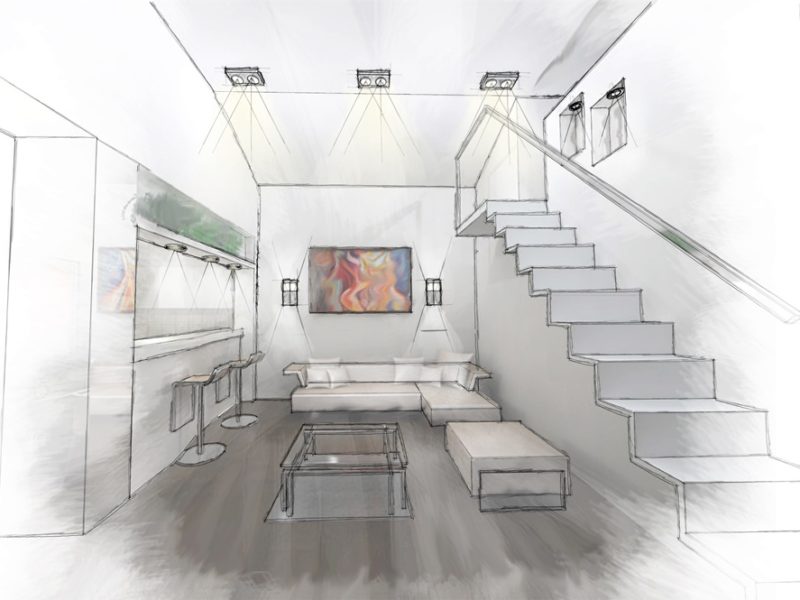We have already talked before about our favorite pendants but now we’ll try explaining how the lighting system actually works… At least from the interior designer’s point of view.
First of all, not all the lighting is the same. Lighting products are classified by their specific role in a home. This is why we can distinguish:
– lighting that simply illuminates the room,
– lighting with a specific task (which, for instance, helps our kids do their homework),
– ambiance lighting to set the mood in a room.
Of course, all these roles are being played in a certain way. This is why no designer will put a reading lamp on the ceiling, or set the mood by using a LED bulb. Yet, these are just simple examples.
There are no cons for hiring a professional to help you with lighting solutions, while pros are plenty. Every client needs a custom designed lighting map of his or hers home and this is how it works:
1. Putting a statement pendant in an entrance hall (whether on a wall or a cabinet) is an unusual, yet welcome choice. This is how you introduce yourself as a host, and if you want your guests to feel at home the very first moment they arrive, this is the right move to make. If space is limited, a full lighting system is recommended.
2. A kitchen is a place where the lighting should be the most accessible and noticeable. This is the one room where most of the work is being done, even if you yourself do not cook. The kitchen area should be covered with a few ceiling pendants. Supplementary lighting could be added underneath the cupboards and other accessories. If you have a kitchen island, be sure to light it up separately.




